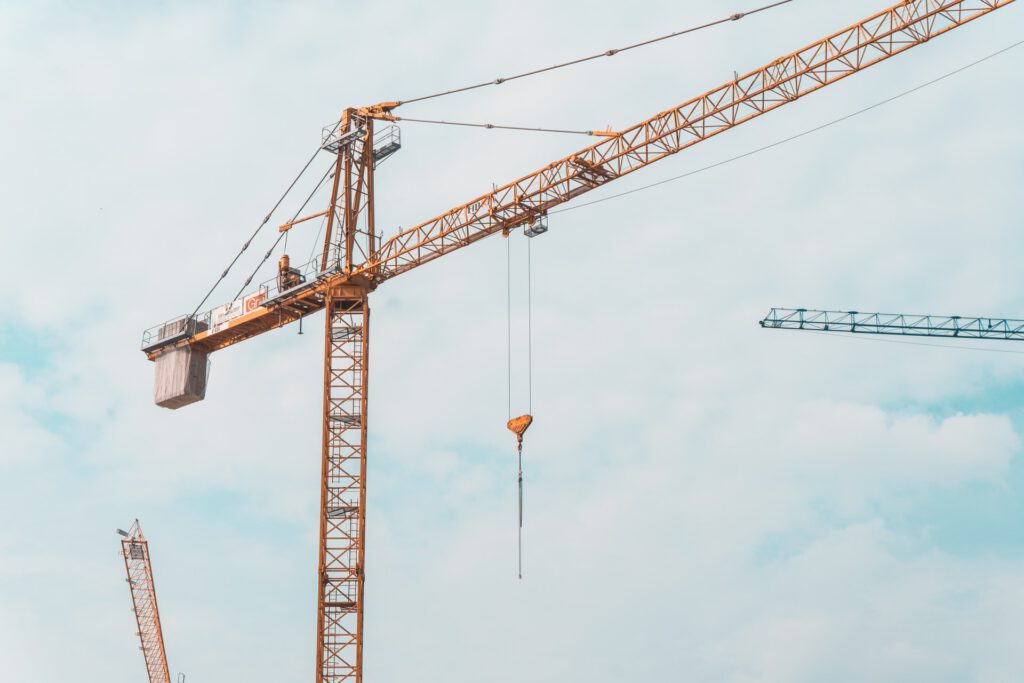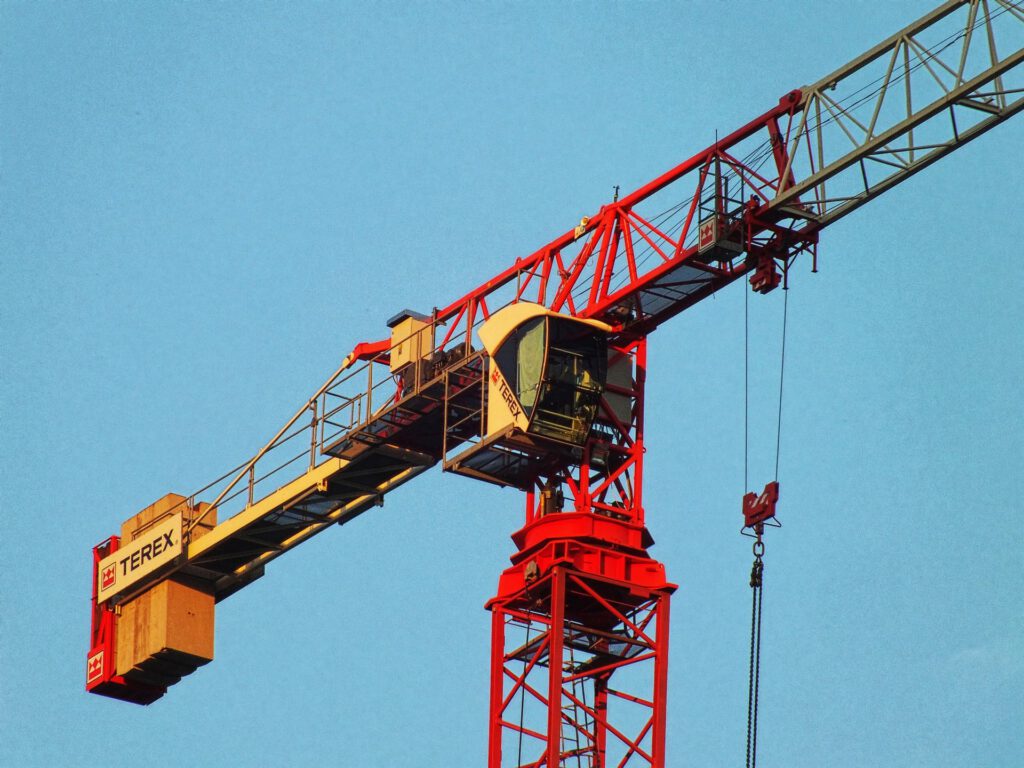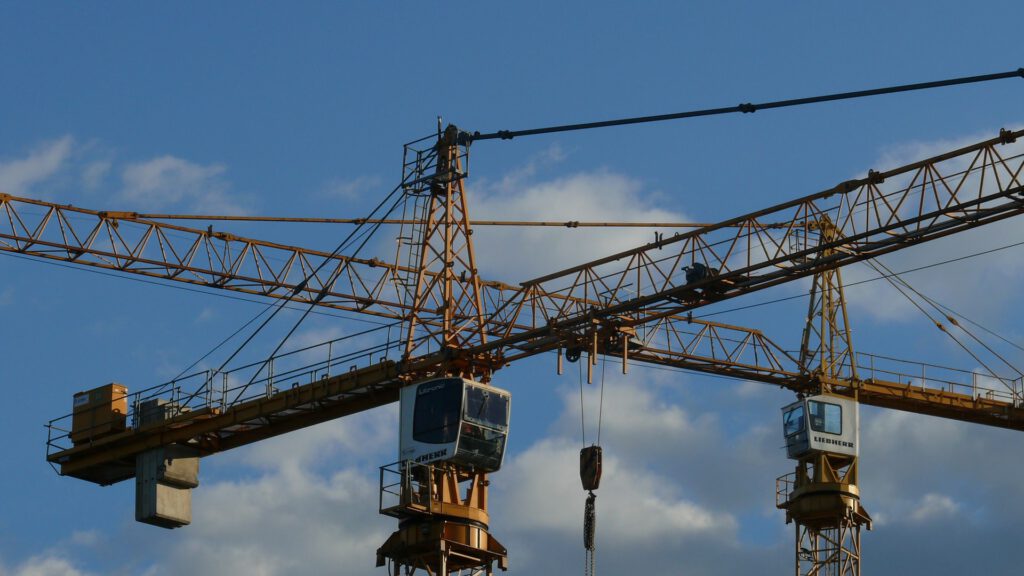
What Are Cranes?
A simple pulley system evolved into a man-powered treadwheel, allowing the crane to lift and lower heavier objects. Later, the technology became so advanced that cranes were used in docks, loading ships, and building towers. And during the Middle Ages, cranes were adapted for construction sites, with large wooden structures and stone towers containing cranes built into them. But the most basic type of crane is a mobile boom with an arm that can be rotated to the desired position. Crane companies in the UK offer a range of different types and sizes.
Benefits Of Using Cranes
Cranes ensure that heavy, fragile materials are moved and transported safely with no damage. They can be used for transporting materials onto planes, boats, and other transportation vehicles. They can transport in bulk, saving time and money. They are known to be more reliable and accurate than forklifts due to their weight, durability, and strength. Another reason why cranes can be relied on, is their accuracy to move something into the right position. This eliminates room for error.

Modern-Day Cranes
Modern cranes follow stringent safety standards that are set, also known as LOLER (lifting operations and lifting regulations). The first cranes were based on a single mast and levers and counterweights. The lifting power was provided by humans or draft animals. In the early 20th century, cranes were often constructed with a second mast and guy wires. Today, cranes have many variations, including the jib crane, which has a pivoting horizontal arm that projects out from the top of the boom.
Tower Cranes
Tower cranes are used to build tall structures. They are used to carry large loads. These tower cranes are either fixed to the ground or attached to the side of the structure. For instance, the Sarens SGC-250 is nicknamed “Big Carl” after the company’s technical solutions director. It can lift as much as 5000 tonnes. This crane is one of the largest in the world. The jib, meanwhile, is perpendicular to the mast. The jib contains a hook and trolley. It also contains counterweights, pulleys, and a control panel.

Mobile Cranes
Mobile cranes are another type. This type of crane has one engine, which provides excellent mobility. The crane has outriggers, which help stabilize the truck and level it during lifting. Most vehicle mounted cranes only lift up to 50 tons, and they’re not built to travel on highways. However, they can be used in urban environments. In addition, mobile cranes are available in a variety of sizes, ranging from a couple of tons to two hundred and fifty tons.
Final Words
Before buying or renting a crane in the UK, it is important to research which type of crane you are looking for, as well as considering why you will be using it, how you will be using it, and the maximum weight of items to be lifted. You may wish to speak to a professional like a crane company for some advice on which type is best for you.

